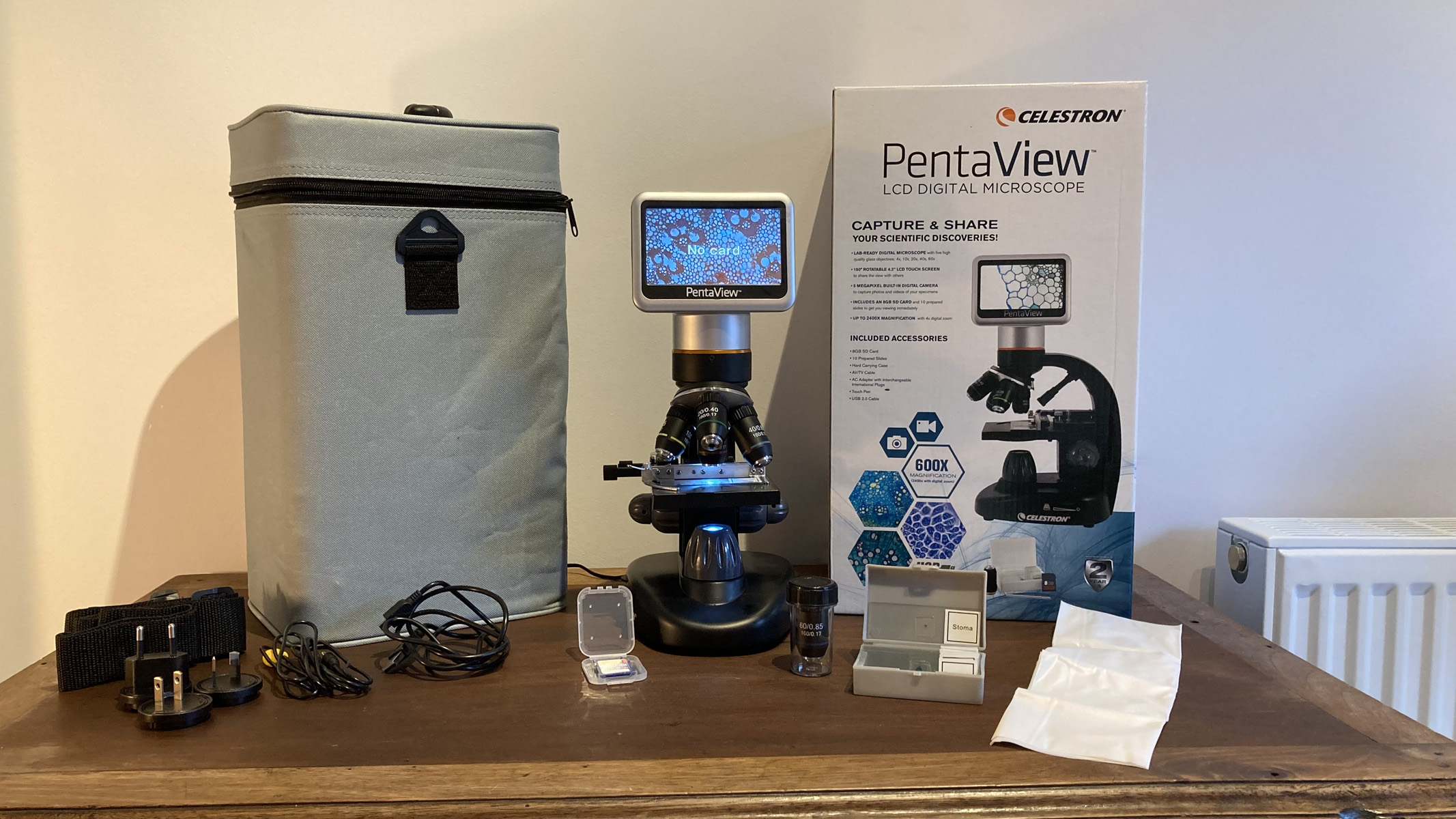Antibodies, Vol. 13, Pages 83: Metabolic Engineering of Glycofusion Bispecific Antibodies for α-Dystroglycanopathies
Antibodies doi: 10.3390/antib13040083
Authors: Xiaotian Zhong Guoying Grace Yan Apurva Chaturvedi Xiuling Li Yijie Gao Mahasweta Girgenrath Chris J. Corcoran Liz Diblasio-Smith Edward R. LaVallie Teresse de Rham Jing Zhou Molica Abel Logan Riegel Sean K.H. Lim Laird Bloom Laura Lin Aaron M. D’Antona
Background: α-dystroglycanopathies are congenital muscular dystrophies in which genetic mutations cause the decrease or absence of a unique and complex O-linked glycan called matriglycan. This hypoglycosylation of O-linked matriglycan on the α-dystroglycan (α-DG) protein subunit abolishes or reduces the protein binding to extracellular ligands such as laminins in skeletal muscles, leading to compromised survival of muscle cells after contraction. Methods: Surrogate molecular linkers reconnecting laminin-211 and the dystroglycan β-subunit through bispecific antibodies can be engineered to improve muscle function in the α-dystroglycanopathies. This study reports the metabolic engineering of a novel glycofusion bispecific (GBi) antibody that fuses the mucin-like domain of the α-DG to the light chain of an anti-β-DG subunit antibody. Results: Transient HEK production with the co-transfection of LARGE1, the glycoenzyme responsible for the matriglycan modification, produced the GBi antibody only with a light matriglycan modification and a weak laminin-211 binding activity. However, when a sugar feed mixture of uridine, galactose, and manganese ion (Mn2+) was added to the culture medium, the GBi antibody produced exhibited a dramatically enhanced matriglycan modification and a much stronger laminin-binding activity. Conclusions: Further investigation has revealed that Mn2+ in the sugar feeds played a critical role in increasing the matriglycan modification of the GBi antibody, key for the function of the resulting bispecific antibody.

 2 months ago
42
2 months ago
42


